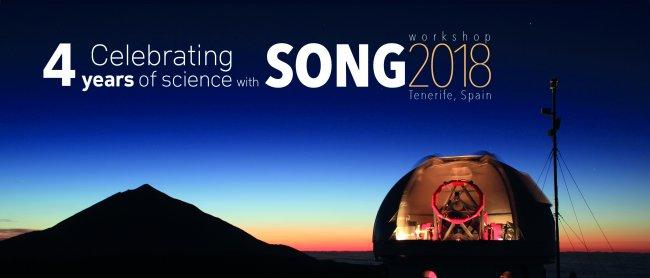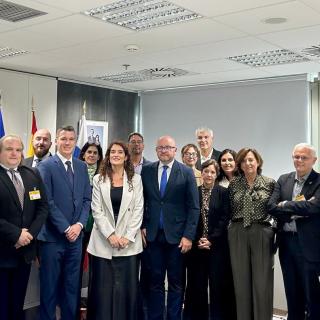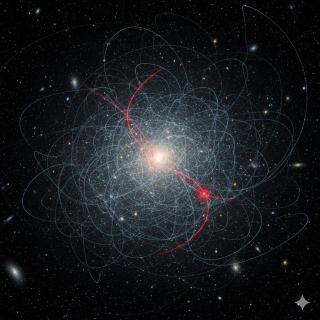The Hertzspring SONG telescope, with a primary mirror diamter of 1m, is aimed at studying the stars in our Galactic neighbourbhood, and the exoplanets which orbit them. It is part of the Stellar Observation Networks Group (SONG) which comprises the University of Aarhus (network leader), the University of Copenhagen, the National Astronomical Observatory of China (NAOC) and the Instituto de Astrofísica de Canarias (IAC).
For its 4th anniversary an international conference “Science with SONG, 4 more years” has been organized, which will take place from 23rd to 26th October in the Environmental Reserve Hotel Sandos San Blas, in the Tenerife municipality of Abona. At the meeting the scientific results obtained with this telescope will be presented.
Pere Lluis Pallé, the scientist in charge of the telescope for the IAC remembers how “four years ago we set the challenge of setting up an automatic, robust, remote, robotic telescope (AR3) at the Teide Observatory “. After the effort carried out to bring the project to completion, and after these four years of observations Pallé says that “now is the momento to take stock of the harvest we have reaped during the years, of the challenge turned into reality”.
Even though at present Hertzsprung SONG is the only fully operational telescope in the network, this international project plans to have 8 telescopes distributed round the world inthe coming years. In fact one of them, at the Delingha observatory (China) is already working manually, until its robotization is complete. The agreemtn for third telescope of the network has already been signed with the Mount Kent Observatory (Australia).
During the four days of the conference “we will talk” explains Pallé “about the achievements and the expectations of Herzsprung SONG and of the future of the network which will operate in the time domain in a manner unique to any instrument on the ground or in space” The full set of telescopes which will make up the network are what allows this unique way of working, because a single astronomical object can be observed for many hours.
The 55 researchers attending the conference will visit the Teide Observatory, the site of the telescope. The title of this workshop, “1st workshop on Science with SONG, 4 more years” is a declaration of intent, because it is a play on words between four and for, which expresses the projection into the future for the project, and the wish for many years of observations with this network of telescopes.
The Canary Island Observatories are part of the network of Spanish Singular Scientific and Technical Infrastructure (ICTS).
Interesting links:
1st workshop on Science with SONG, 4 more years: http://www.iac.es/congreso/SONG18/
SONG's web: http://song.au.dk/about-song/
Contacts at the IAC:
- Pere Lluis Pallé (pere.l.palle [at] iac.es (pere[dot]l[dot]palle[at]iac[dot]es))
- Sergio Simón Díaz (ssimon [at] iac.es (ssimon[at]iac[dot]es))




